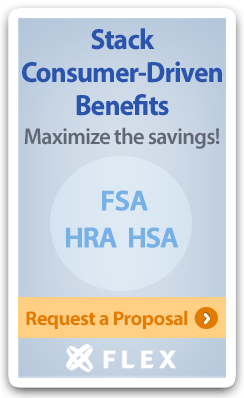Benefits Buzz
The ABCs of ACA Reporting
Posted on October 11th, 2016

The Affordable Care Act (ACA) requires certain entities to report information to the Internal Revenue Service (IRS) relative to health insurance coverage. The reporting is generally completed by insurance companies, government-run Exchanges and applicable large employers. The reporting helps the IRS enforce three key provisions of the ACA:
- Most U.S. citizens and lawfully present residents must have health insurance or pay a penalty. This is referred to as the Individual Mandate. The reporting helps the IRS understand who has health insurance coverage.
- People meeting certain eligibility requirements can receive help paying their out-of-pocket expenses and/or premiums when they purchase an individual health insurance plan through a Marketplace, also known as an Exchange. However, if someone is enrolled in minimum essential coverage elsewhere, or if someone is offered a health insurance plan from an employer which is considered affordable and has minimum value, then they lose eligibility for subsidies through the Exchange. The reporting helps the IRS confirm that only eligible people are receiving subsidies.
- Applicable large employers (50 or more full-time equivalent employees) generally have to offer coverage to full-time employees which is affordable and has minimum value or risk penalties. This is referred to as the Employer Mandate. The reporting helps the IRS understand which employers may have to pay a penalty.
As part of the reporting process, copies of the applicable forms must be provided to anyone who’s information is reported to the IRS. Form 1095-A will be provided to anyone who purchases coverage through an Exchange, and it will include information about the subsidies received. Form 1095-B is typically provided by an insurance company or a small employer with a self-funded plan. This form will include information about the months in which a person was covered by a health insurance plan. Form 1095-C will be provided by applicable large employers, and it will include information as to whether the coverage offered was considered affordable and/or has minimum value.
Copies of the forms for 2016 must be provided by January 31, 2017 assuming no extension is provided. Some individuals may receive multiple forms. For example, if you had coverage in 2016 by more than one insurance company, you will typically receive one form from each insurance company.
Employers, Exchanges and insurance companies will have some additional time to file forms with the IRS. The deadline for manual filings is February 28, 2017 and the deadline for electronic filings is March 31, 2017. This also assumes no extension is provided.
Subscribe to this blog at the top left navigation by entering your email address to learn more with Flexible Benefit Service LLC (Flex). The materials contained within this communication are provided for informational purposes only and do not constitute legal or tax advice.

